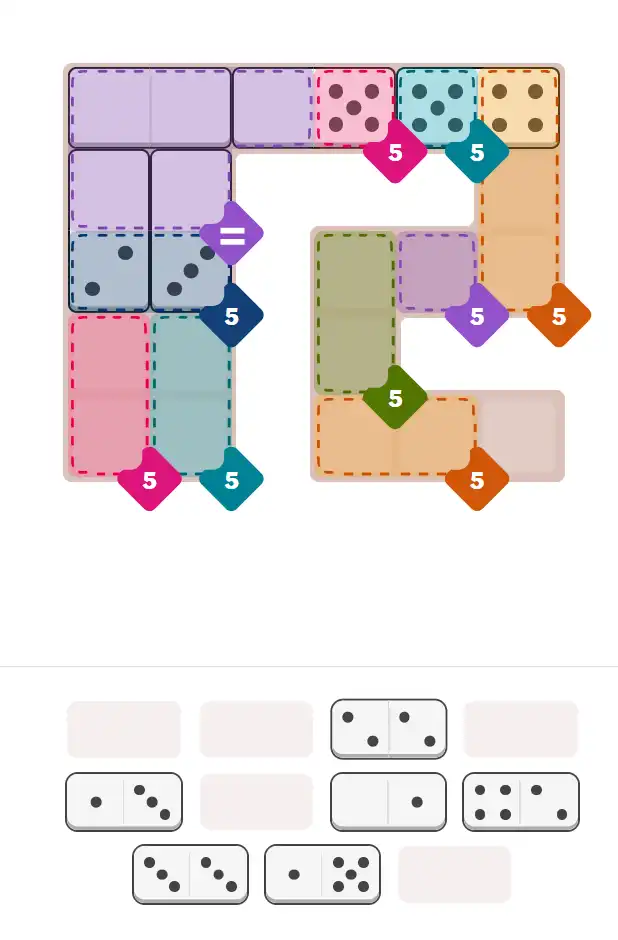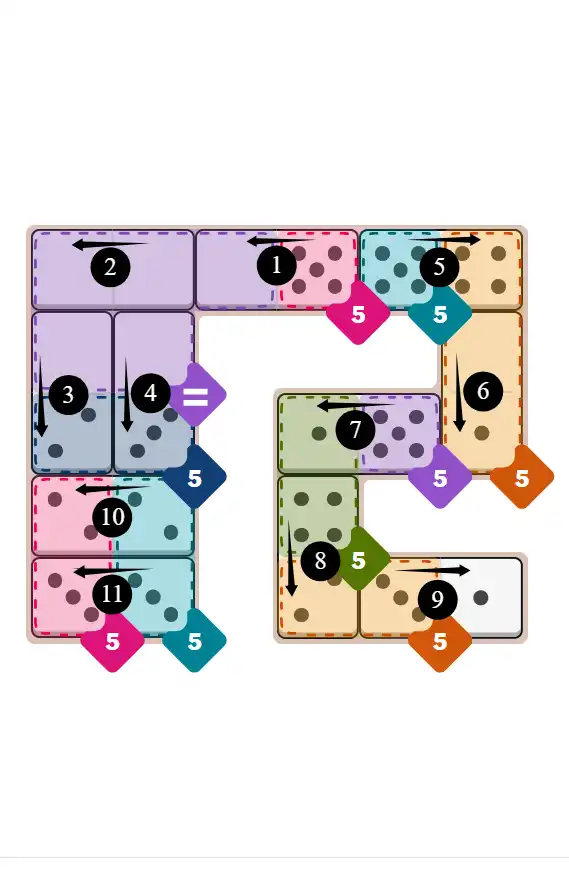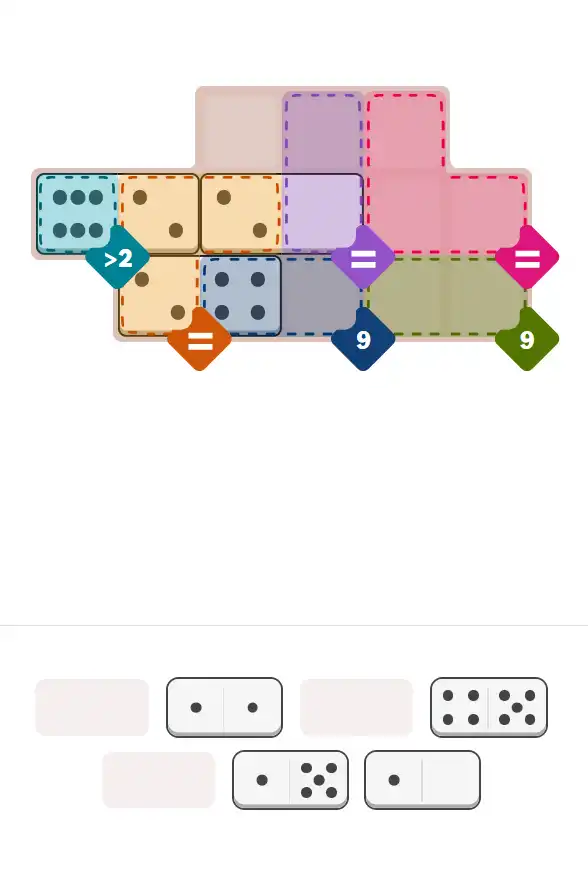🚨 SPOILER WARNING
This page contains the final **answer** and the complete **solution** to today's NYT Pips puzzle. If you haven't attempted the puzzle yet and want to try solving it yourself first, now's your chance!
Click here to play today's official NYT Pips game first.
Want hints instead? Scroll down for progressive clues that won't spoil the fun.
🎲 Today's Puzzle Overview
Each Pips NYT puzzle released this Friday, November 14, 2025, isn’t just about solving logic — it’s about appreciating the craftsmanship that turns reasoning into rhythm.
Curated and edited by Ian Livengood, with designs by Rodolfo Kurchan and Ian Livengood, today’s lineup — Easy (#292), Medium (#293), and Hard (#294) — captures the essence of structured creativity and mathematical storytelling.
Every grid in today’s pips hint collection tells its own narrative.
The Easy puzzle invites you to warm up gently, teasing your logic with minimalism and clean design.
The Medium puzzle raises the tempo, where balance and symmetry meet careful deduction.
And the Hard puzzle? That’s where you’ll find elegance hidden in chaos — a layered challenge that rewards patience and sharp reasoning.
Each move feels intentional, like a composer placing notes with precision.
Every placement of a domino carries meaning; every connection between numbers is deliberate.
Behind each pips hint today, there’s a moment of discovery — the realization that logic and beauty can coexist in perfect harmony.
So take a moment to enjoy the artistry behind each solution.
Log your progress, share your insights, and explore the deeper rhythm of reasoning that defines the Pips NYT puzzle.
Because when logic flows this naturally, the final pips answer today isn’t just a result — it’s a small masterpiece in itself.
Written by Mike
Puzzle Analyst – Lukas (NYT Pips Hint Team)
💡 Progressive Hints
Try these hints one at a time. Each hint becomes more specific to help you solve it yourself!
🎨 Pips Solver
Click a domino to place it on the board. You can also click the board, and the correct domino will appear.
✅ Final Answer & Complete Solution For Hard Level
The key to solving today's hard puzzle was identifying the placement for the critical dominoes highlighted in the starting grid. Once those were in place, the rest of the puzzle could be solved logically. See the final grid below to compare your solution.
Starting Position & Key First Steps

This image shows the initial puzzle grid for the hard level, with a few critical first placements highlighted.
Final Answer: The Solved Grid for Hard Mode

Compare this final grid with your own solution to see the correct placement of all dominoes.
🔧 Step-by-Step Answer Walkthrough For Easy Level
🔧 Step-by-Step Answer Walkthrough For Medium Level
🔧 Step-by-Step Answer Walkthrough For Hard Level
🎥 Today's overall pips hint
Count what's rare, place it first, and let the abundant pieces fill in around it. Give us a thumb, leave your suggestions.




💬 Community Discussion
Leave your comment